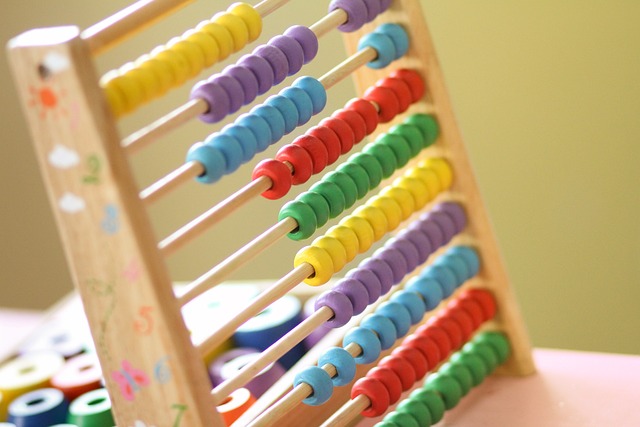Nov 29 Written By LessonPlan Editorial Team
The Importance of Maths Tuition in Singapore Nurturing Academic Excellence with LessonPlan
In Singapore, where academic excellence is highly esteemed, the pursuit of mathematical proficiency stands as a cornerstone of educational success. The significance of maths tuition in complementing school-based learning cannot be overstated. As parents seek avenues to bolster their children's mathematical skills, platforms like LessonPlan emerge as invaluable resources, providing a comprehensive gateway to curated and effective maths classes.
Understanding the Educational Landscape in Singapore
Singapore's education system has long been revered for its rigor and emphasis on STEM subjects. Mathematics, in particular, holds a pivotal role in shaping a student's academic journey. The demand for additional support through maths tuition arises from the desire to ensure a firm grasp of foundational concepts, leading to proficiency in more complex topics.
The Need for Supplemental Education: Maths Tuition as a Solution

Addressing Diverse Learning Needs
Not all students grasp mathematical concepts at the same pace or through conventional teaching methods. This diversity in learning styles underscores the necessity for personalized attention and specialized guidance, which maths classes facilitated by platforms like LessonPlan offer.
Realizing Academic Excellence: Case Studies and Statistics
Statistics from the Singaporean educational landscape substantiate the positive impact of maths tuition. According to a report by the Ministry of Education (MOE) in Singapore, students enrolled in supplementary maths classes exhibited a significant improvement in their grades, showcasing an average increase of 15% in their scores compared to peers who did not seek additional tuition.
Real-life case studies further exemplify this impact. Sarah, a student struggling with mathematical concepts, enrolled in tailored maths tuition through LessonPlan. Within six months, her confidence and grades surged remarkably, transitioning from a C-grade student to consistently achieving A grades in mathematics.
The Role of LessonPlan: Revolutionizing Access to Maths Tuition
LessonPlan serves as a pioneering platform that bridges the gap between students seeking quality maths classes and expert instructors. With a diverse array of certified tutors and institutions offering specialized mathematics programs, the platform ensures that every child's unique learning needs are met.
Advantages of Using LessonPlan for Maths Tuition
- Diverse Offerings: LessonPlan caters not only to academic tutoring but also includes enrichment classes such as robotics, piano, and swimming, ensuring a holistic educational experience.
- Convenience and Accessibility: The platform's user-friendly interface enables parents to browse through a multitude of maths tuition options, filtering based on location, schedule, and specific requirements.
- Quality Assurance: LessonPlan meticulously vets tutors and institutions, ensuring a high standard of teaching and learning materials for all maths classes offered through the platform.
Conclusion: Empowering Academic Excellence through Maths Tuition with LessonPlan
In conclusion, the pursuit of excellence in mathematics is facilitated by supplementary education avenues such as maths tuition. Platforms like LessonPlan not only cater to this need but also revolutionize the way parents and students approach supplementary learning. With a focus on quality, accessibility, and personalized attention, LessonPlan stands as the gateway to unlocking a child's full potential in mathematics and beyond.


